
Rushikesh Rajendra Sankpal who is a microbiologist by profession with more than eight years of experience (research and lectureship) in the fields of Life and Environmental Sciences. At present, he is working as an Assistant Professor– Microbiology at Sinhgad College of Science, Pune. Mr Sankpal, our guest blogger shares glimpses of the rich biodiversity of insects with his photo blog: INTERESTING INSECTA – INTRIGUING CREATURES OF OUR BIO-DIVERSITY
Biological diversity includes all forms of life and their variety, hence referred to as ‘Biodiversity’. There is a huge variety of forms of life e.g. plants, animals and microorganisms. Biodiversity plays a pivotal role in the proper functioning of an ecosystem. Insects are a part of kingdom Animalia and scientifically are characterized as arthropods (invertebrate animals with an exoskeleton). The animal possessing the following features can be described as an arthropod; a segmented body (segmentation), a hard external skeleton, pairs of jointed legs. The science of studying insects is known as entomology. They are of significance because of their ecological role and functioning e.g. as a pollinator, role in the web of life; part of the food web and food chain (insectivorous feeders feed on them). Diversity wise they are the most diverse group, and their connection and influence on health (vector-borne diseases) and agriculture (insect infestation and crop damage) is of more interest to humankind. They also play a role as decomposers. Overall, these biological resources are an intrinsic part of sustainable development. However, the abundance and biodiversity of insects are getting declined (William E. Kunin, Nature, 574, 641-642, 2019). Indeed we must work on salvage.
The convention biological diversity emphasizes on combating biodiversity losses. Apart from professional field biologists and naturalists; the general public can also contribute as a citizen scientist by engaging themselves in scientific work. Ethical photography and photo documentation of these diverse forms of life from their habitat without disturbing the ecosystem and the organism can add to the science database. As an environmental steward; I am contributing by making people aware of these diverse forms of insects by photojournalism. Some of the insects pictured by me are appended. Lets dive into a glimpse of rich bio-diversity of insects…
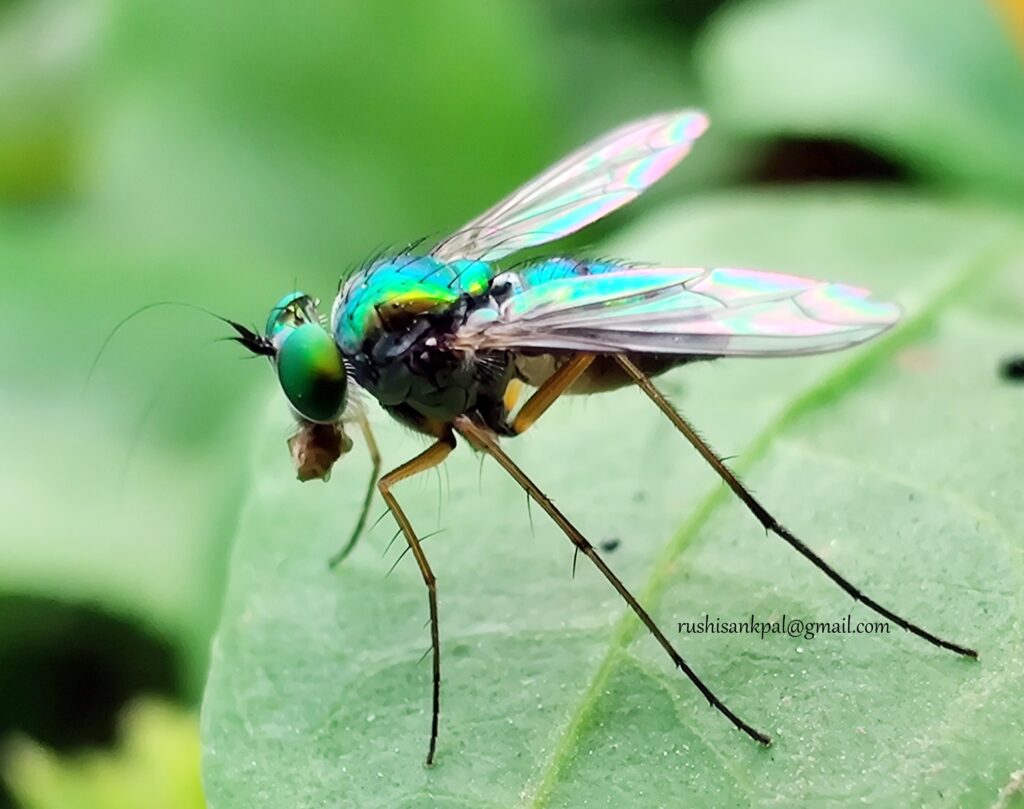
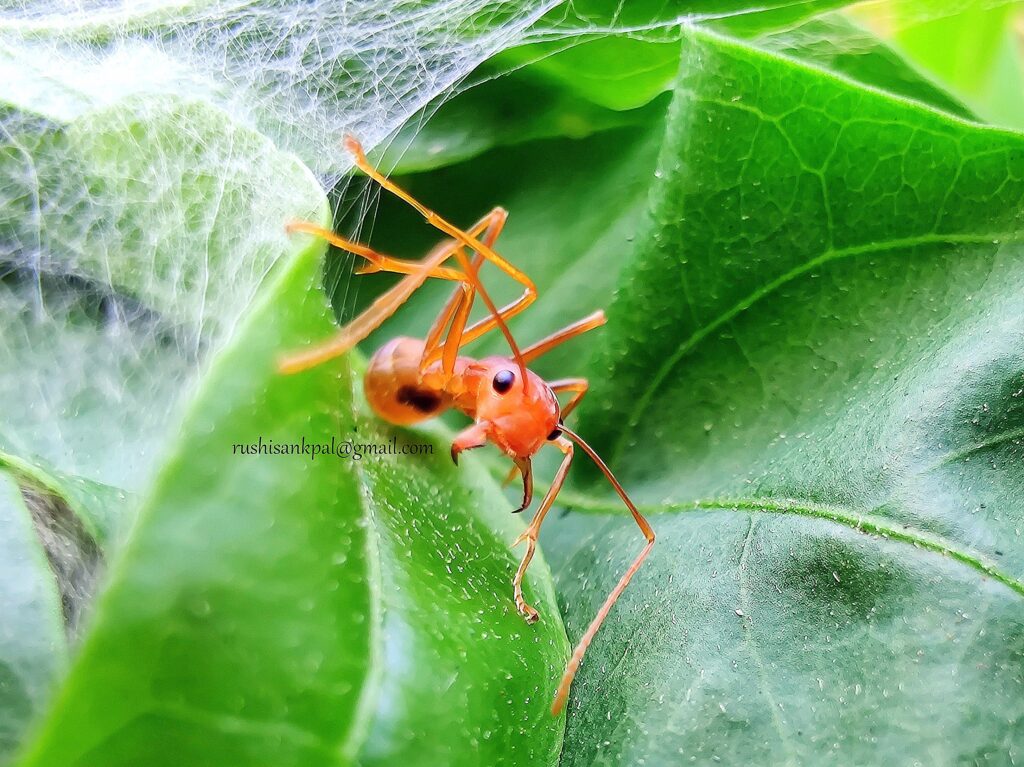
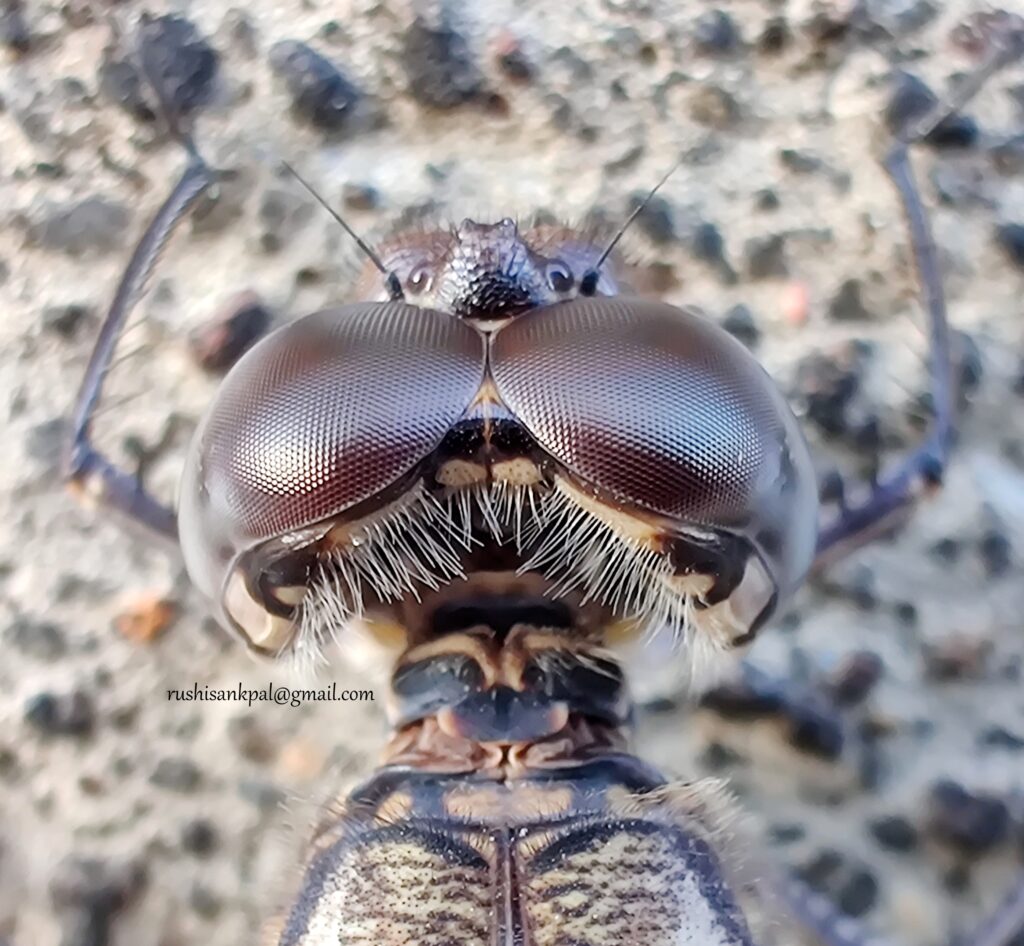
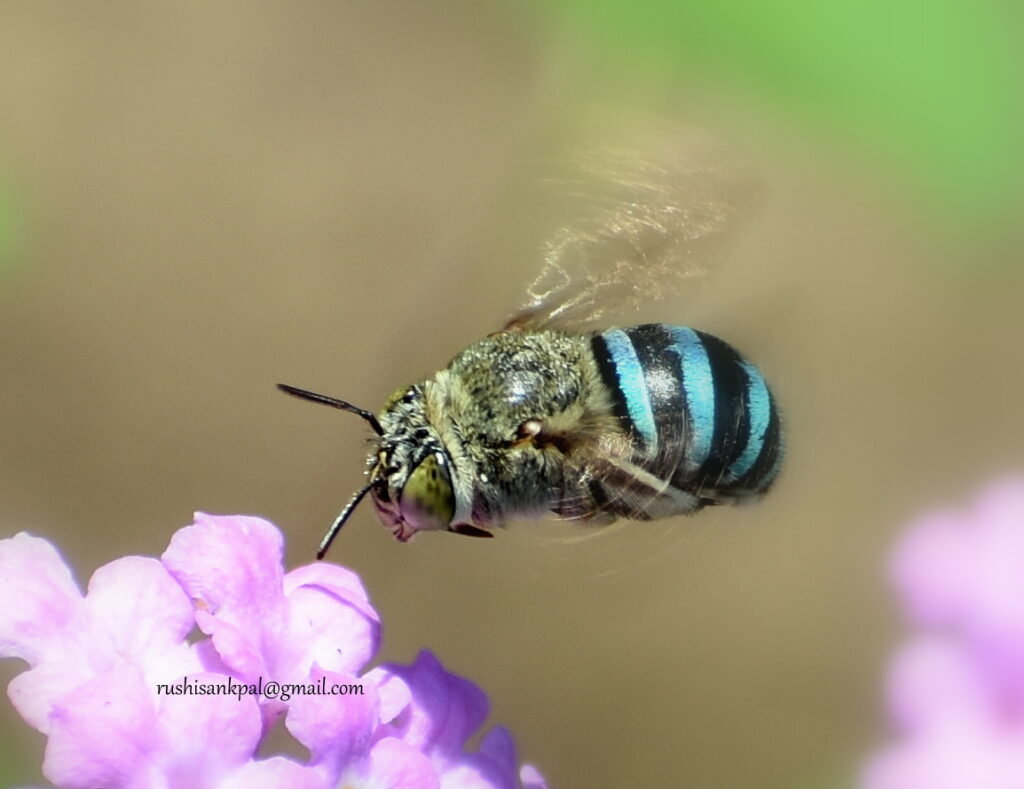
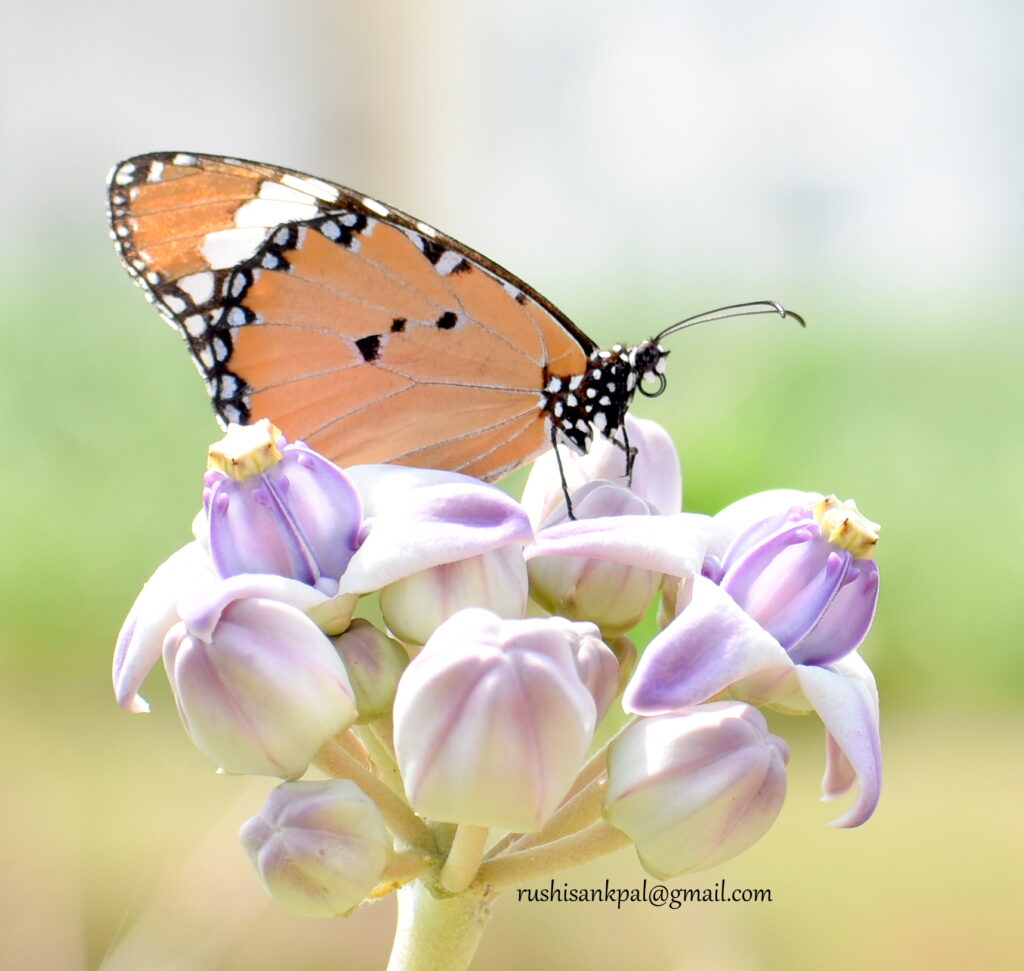
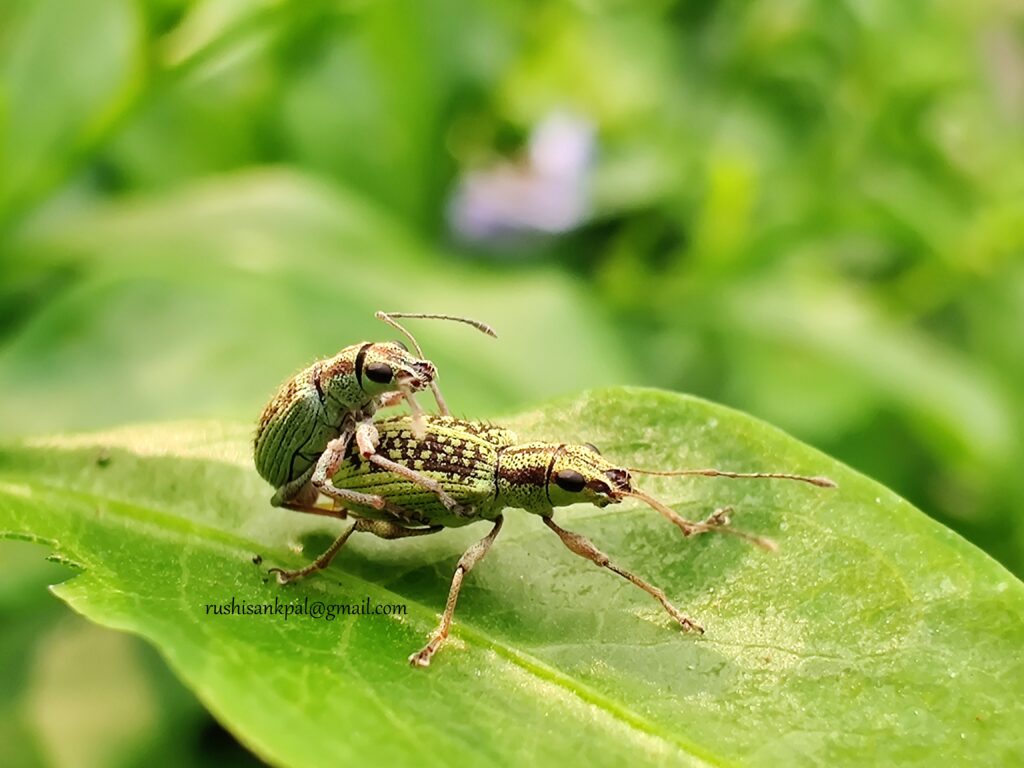
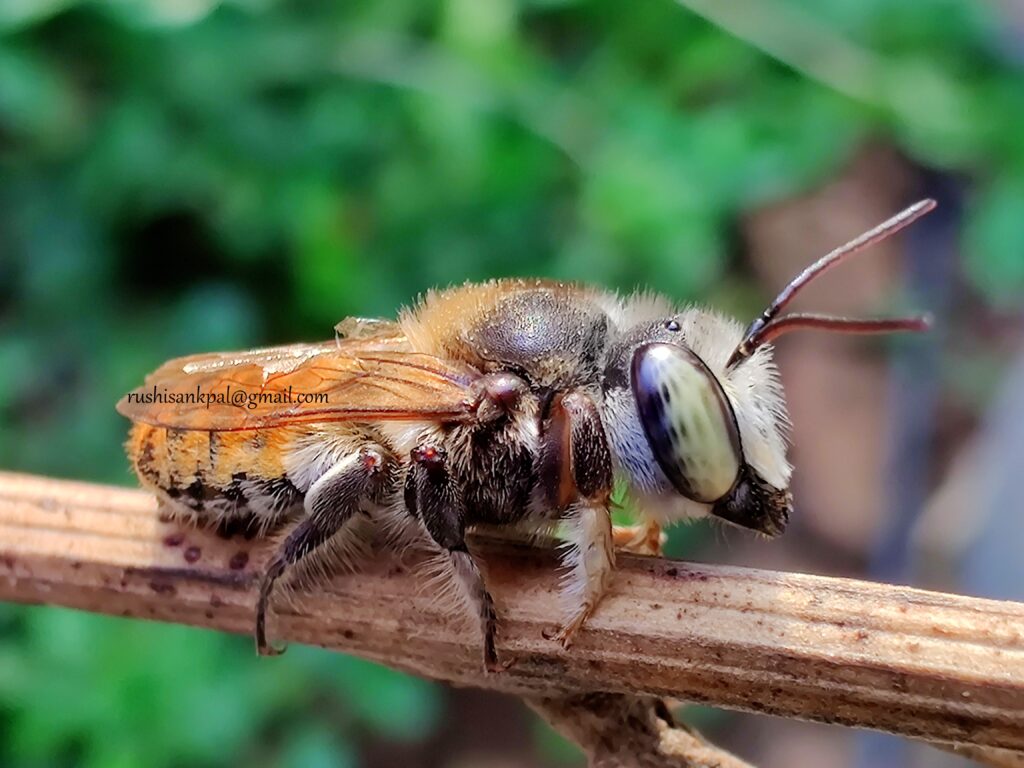
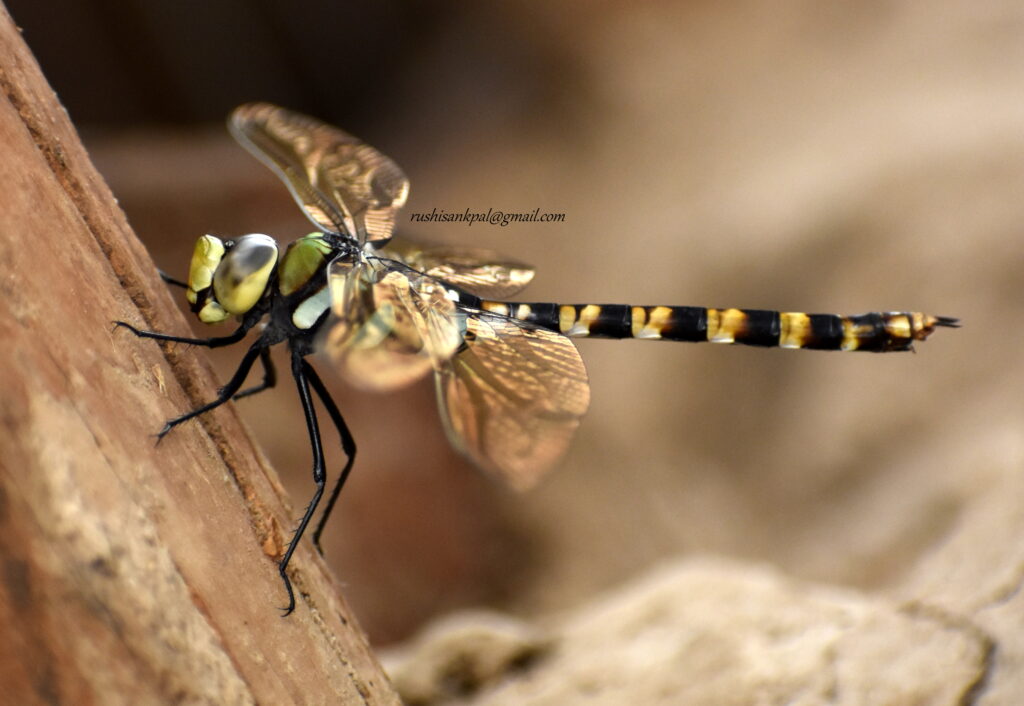
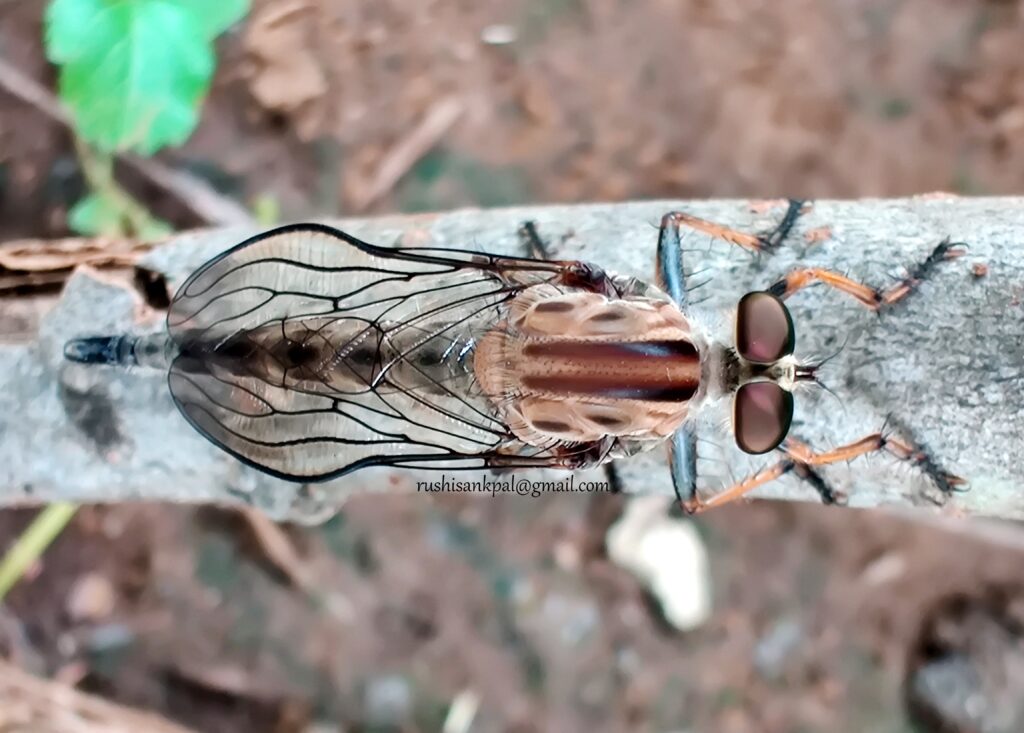
(All the images used in this blog are contributed by Prof. Rushikesh Sankpal)

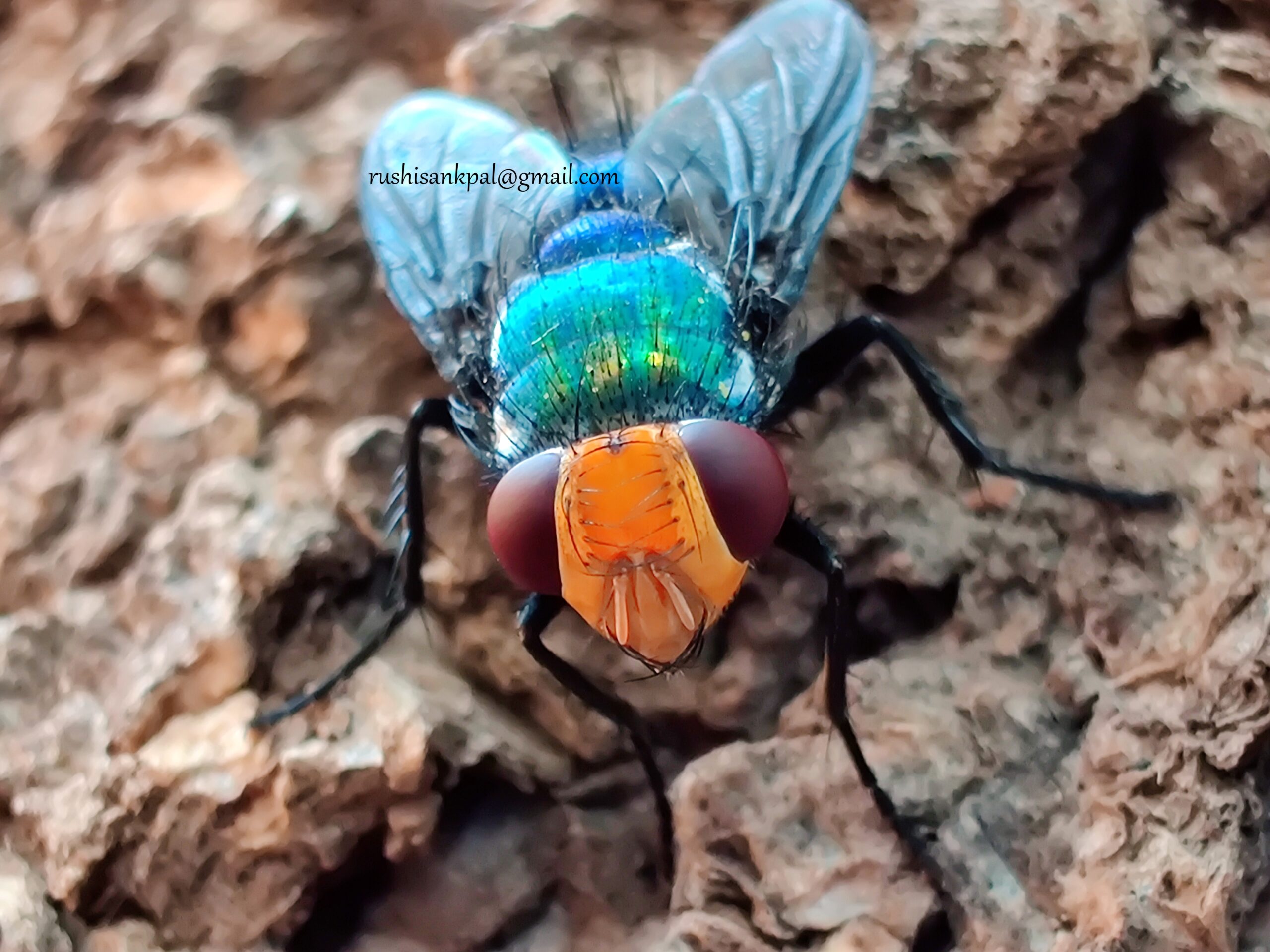
Thank you so much for sharing the knowledge.
Dear Rishikesh ji,
The all photographs of in the blog are truly amazing. We would like know more about the photographed insects; the habitat in which they were located, their ecological significance,scientific names.
Kindly guide us, which are the scientific platforms, where one can submit documentation photos to make scientific database rich.
All the photographs are so vivid and they look surreal! Also, the article is fabulous.